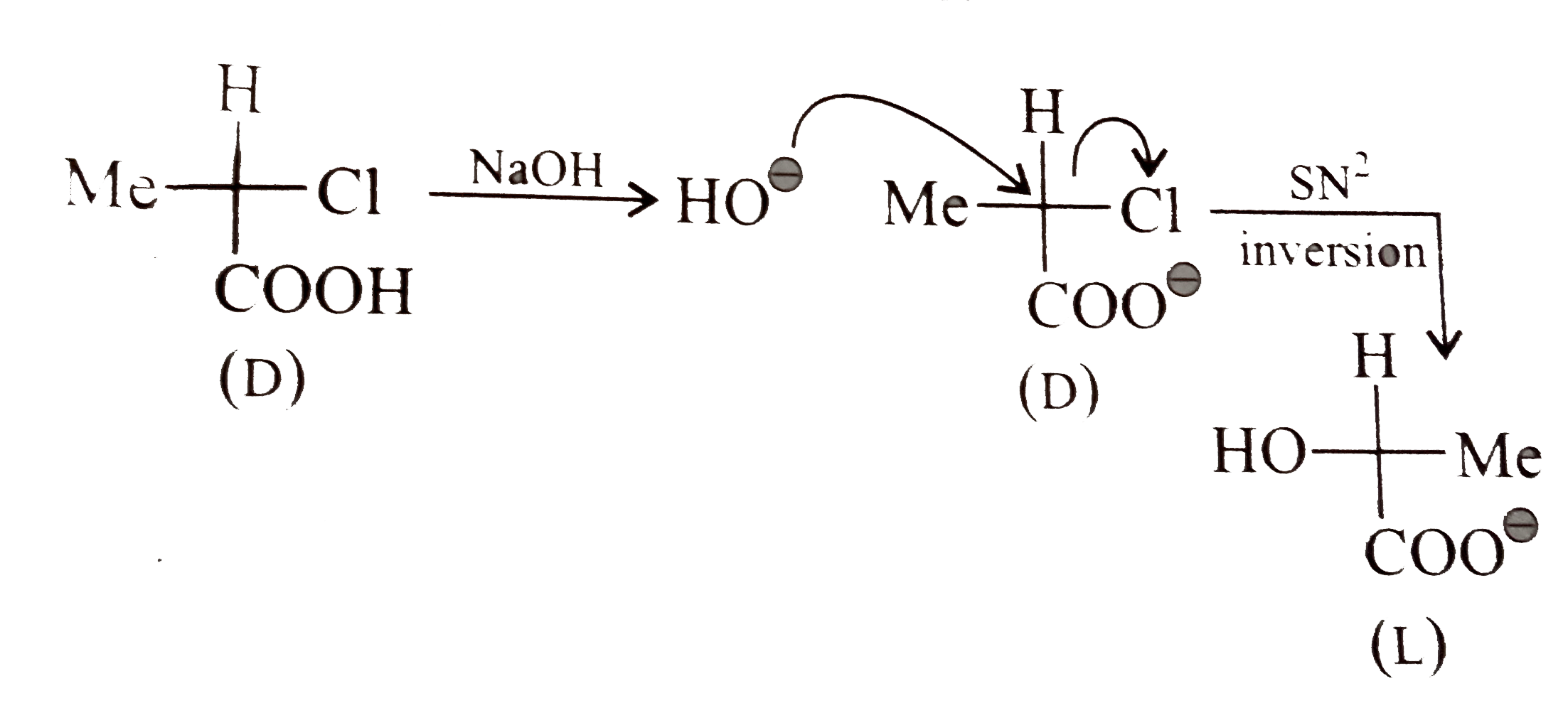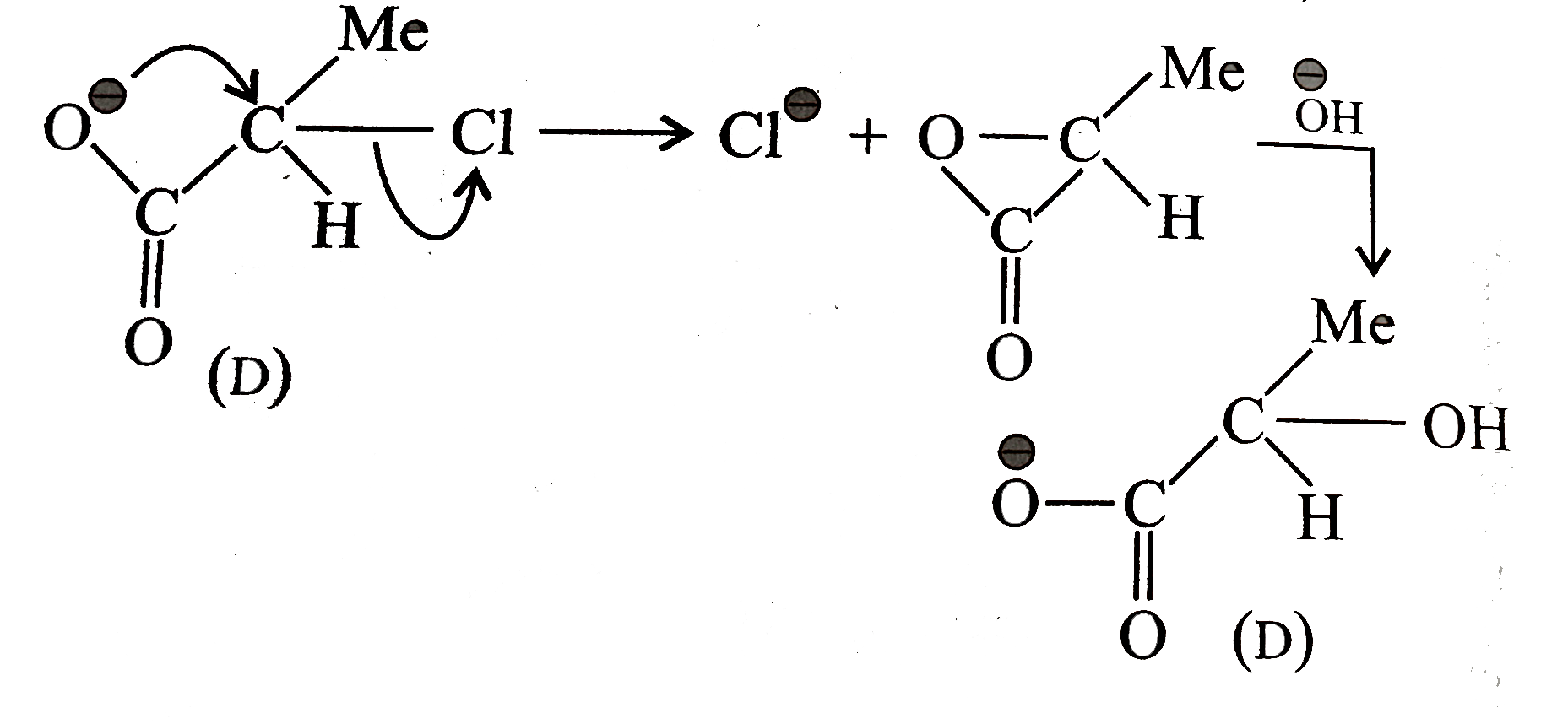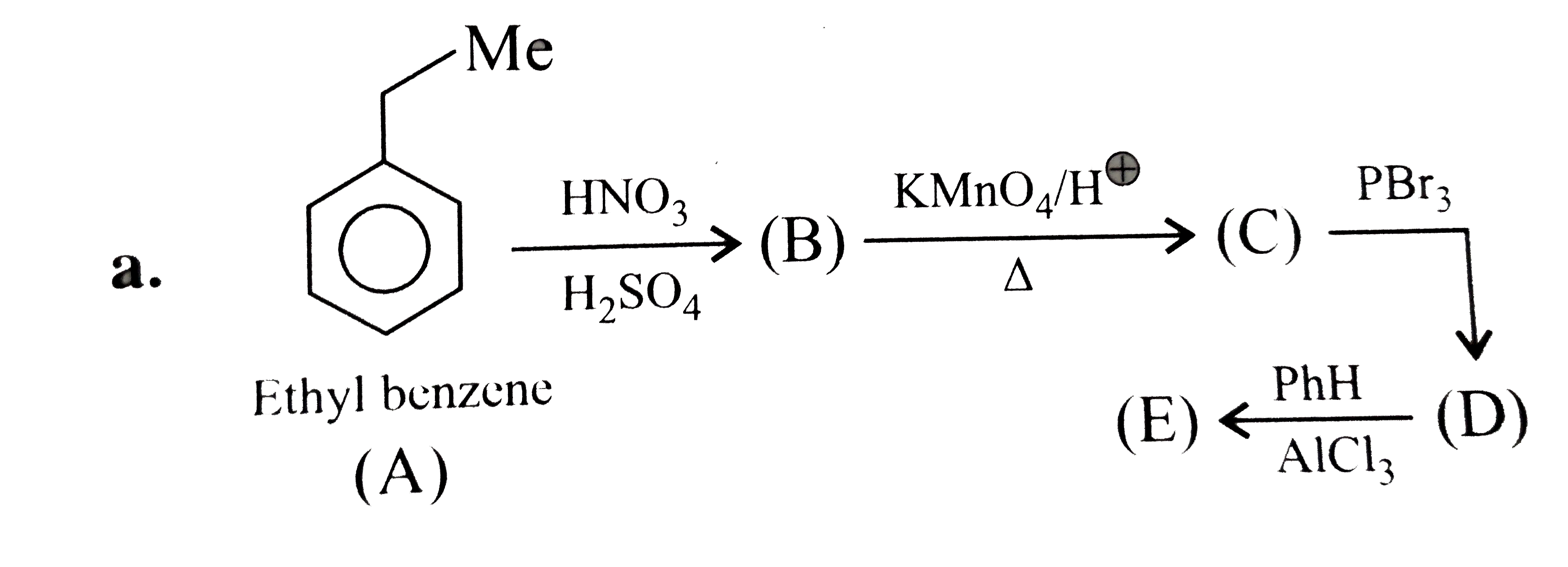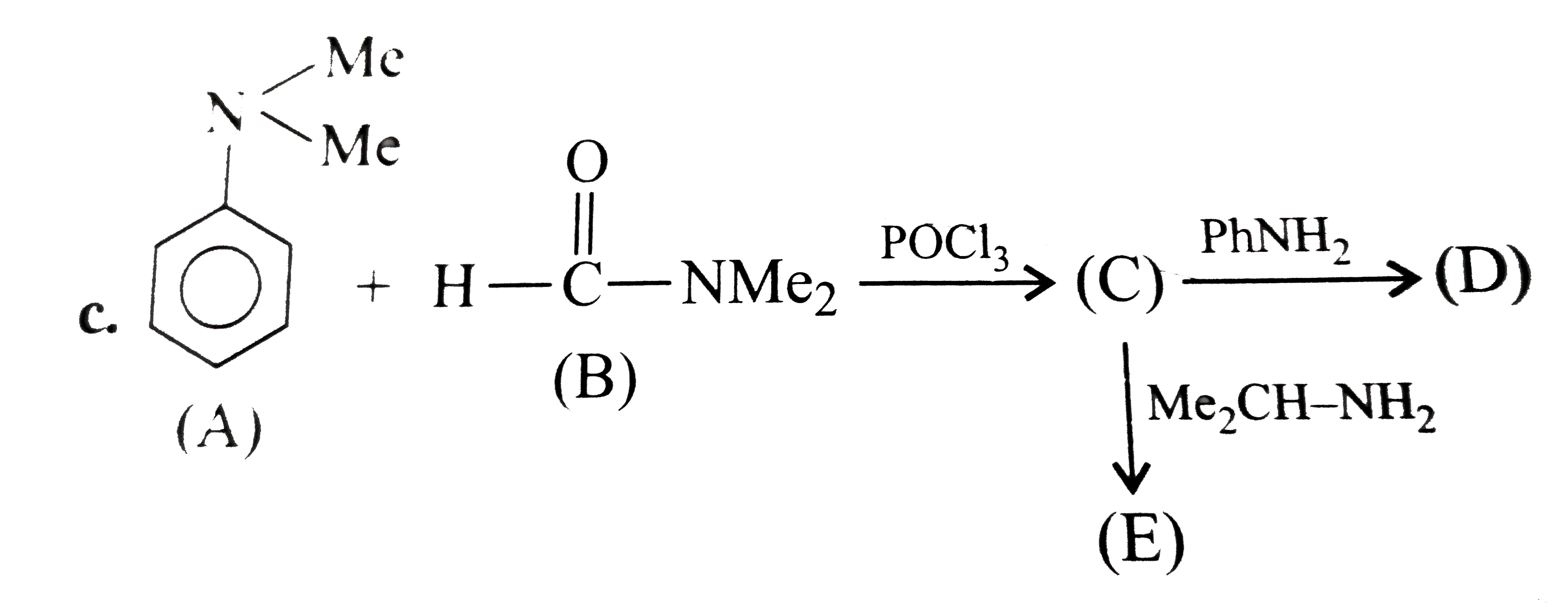Complete the following and state the relations between configurations of the reactant and products.
(i) .D−MeCH(OH)Et+Ac2O→ ?
(ii) .D−MeCH(Cl)COOH+2NaOH→ ?
If no bond to the asymmetric C atom is broken, no inversion takes place. If it breaks then for SN2 reaction inversion takes place , and for SN1, retention and racemisation take place.

(ii) Depending on the conditions, it can be SN2 or SN1, If the concentration of base is high. SN2 mechanism occurs and hence inversion takes place.

If the case is dilute, SN1 mechanism occurs, therefore, retention and racemisation are expected , but neighbouring group participation of (COOӨ) operates.

Due to the 'protection', the ӨOH ion attracks from the same side and hence retention occurs.
Topper's Solved these Questions
- ORGANIC REACTION MECHANISMBook:CENGAGE CHEMISTRYChapter:ORGANIC REACTION MECHANISMExercise:Subjective
Explore 19 Videos
- ORGANIC REACTION MECHANISMBook:CENGAGE CHEMISTRYChapter:ORGANIC REACTION MECHANISMExercise:Comprehension
Explore 36 Videos
- ORGANIC REACTION MECHANISMBook:CENGAGE CHEMISTRYChapter:ORGANIC REACTION MECHANISMExercise:Analytical and Descriptive
Explore 6 Videos
- NCERT BASED EXERCISEBook:CENGAGE CHEMISTRYChapter:NCERT BASED EXERCISEExercise:Chemical Equilibrium
Explore 72 Videos
- P-BLOCK GROUP 13 - BORON FAMILYBook:CENGAGE CHEMISTRYChapter:P-BLOCK GROUP 13 - BORON FAMILYExercise:Exercise Archives (Subjecive)
Explore 9 Videos
Similar Questions
Complete the following and state the relations between configurations of the reactant and products.
(i) .L−MeCH(OH)Et+HBr→ ?
(ii) .L−MeCH(OAc)Et+2NaOH→ ?
(iii) .L−MeEtPrCOMe+HI→ ?
View SolutionComplete the following reactions and explain the formation of the products.
(a) HCOOHConc.H2SO4−−−−−−−→
CH3COOHConc.H2SO4−−−−−−−→
( c)
(d) Glacial acetic acid (CH3COOH)973K−−→
( e) .
.
View Solution
Knowledge Check
Consider the following sequence of reactions
PhBrMg−−−−−−−−→Et2O,heatA

The major product formed (C) isAPhCH2CHOHCH3BPHCH2COCH3CPhCH3CHCH2OHDPhCH3∣CHCH2OH
1. Complete the following reactions:
a.
b.
c.
2. Which is more feasible equilibrium reaction for the formation of product?
i. MECHO+NaCN(inH2O)⇔MeCH(CN)OΘ
ii. MeCHO+HCN(inH2O)⇔MeCH(CN)OH
View SolutionComplete the following reactions :
C6H5N2Cl+C2H5OH→
View SolutionComplete the following reactions:
(i) C2H4+O2→
(ii) 4Al+3O2→
View SolutionComplete the following equations and name the products formed :
(i) Phenol +FeCl3→
(ii) CH3−CH2OHCu−−→573K
View SolutionComplete the following reactions:
a. 2Me3C−−Br Ag2CO3−−−−→Δ (A)
b. MeOH+MeCH=O+HCI(g)→(B)
c. MeOH+H2C=O+HCI(g)→(C)
d.
View SolutionComplete the following reactions :
(i) P4+SOCl2→
(ii) CH3COOH+PCl5→
View SolutionComplete the following reactions
(i) O2−2+H2O→ (ii) O−2+H2O→
View Solution
